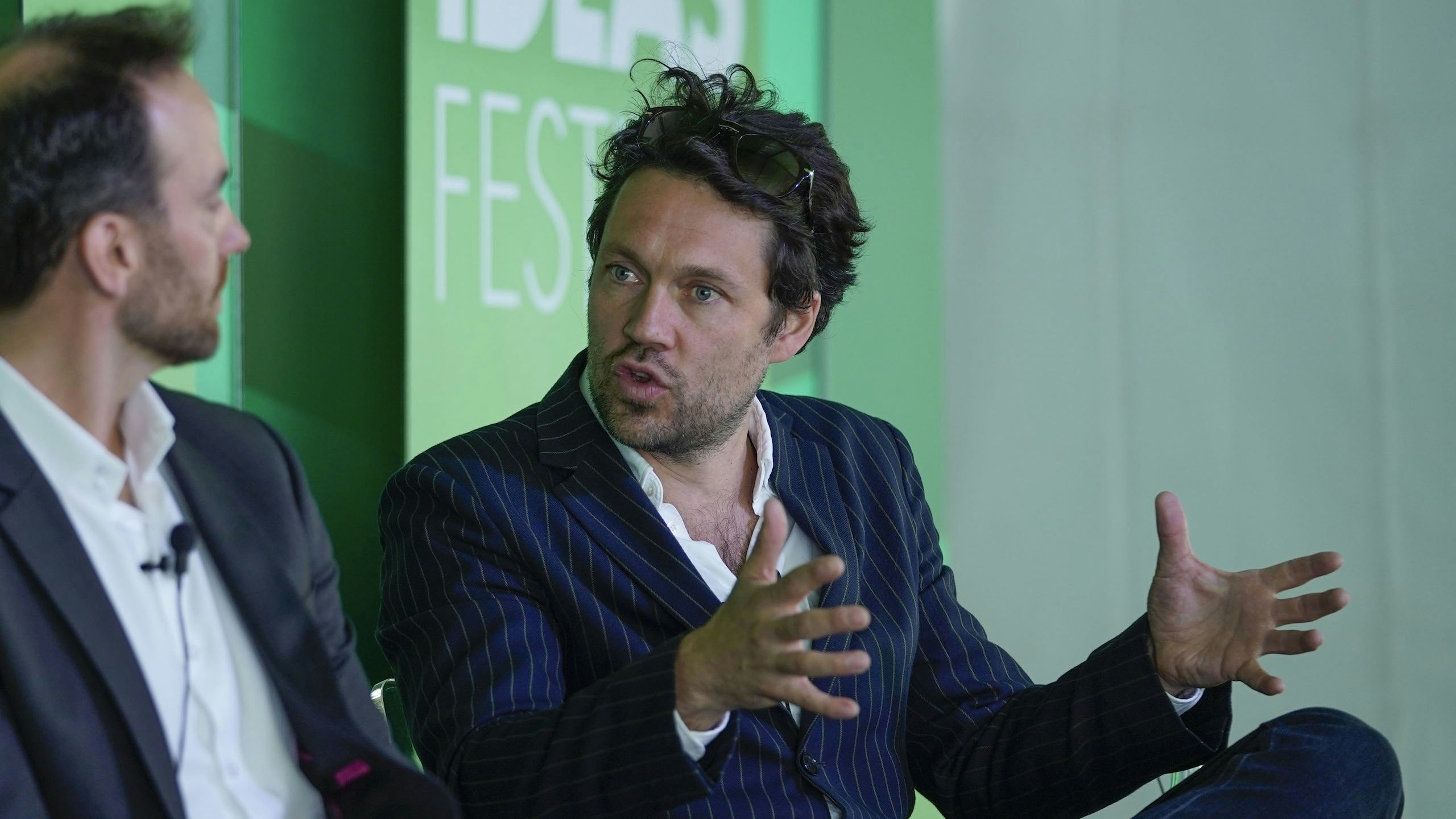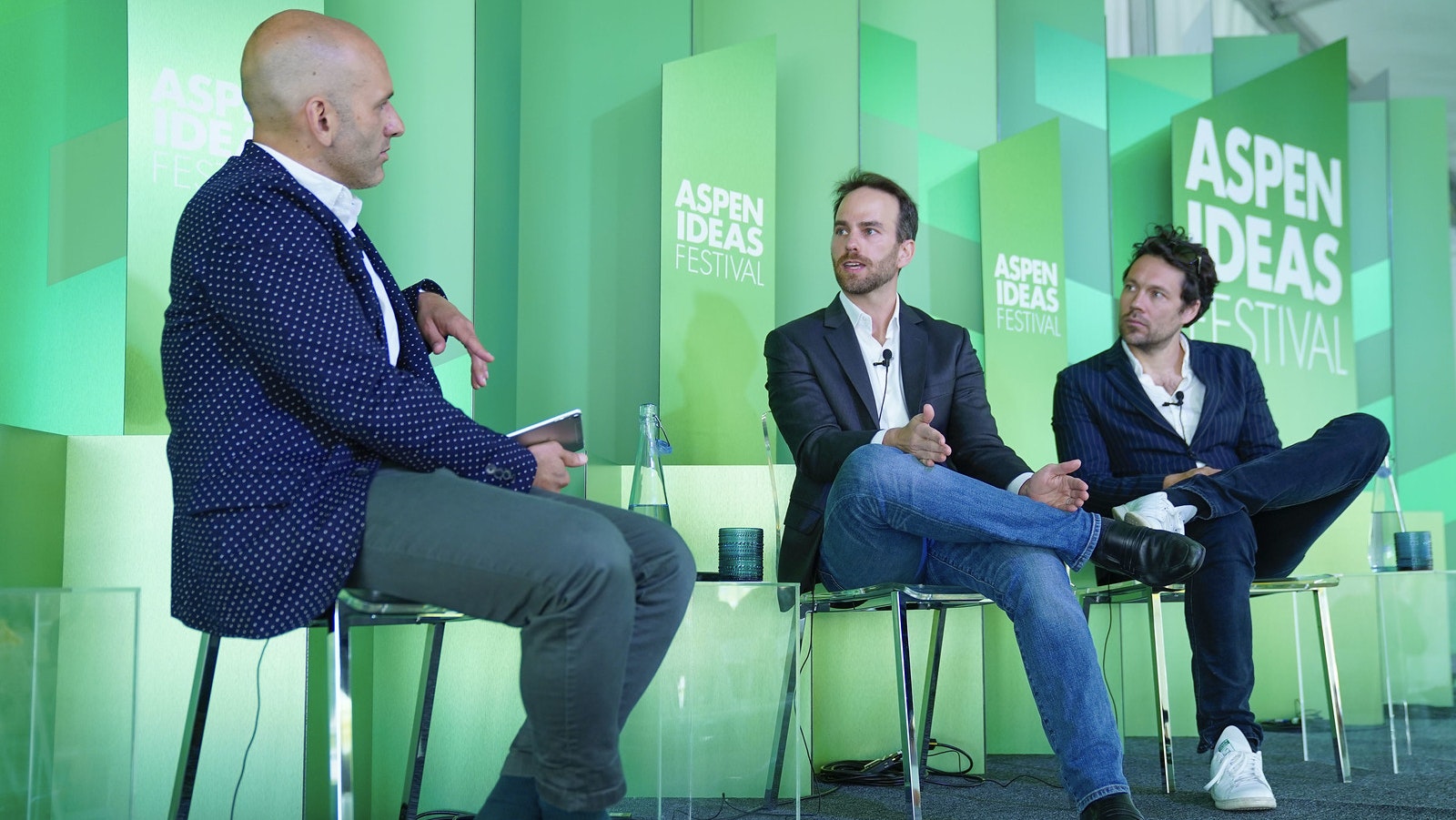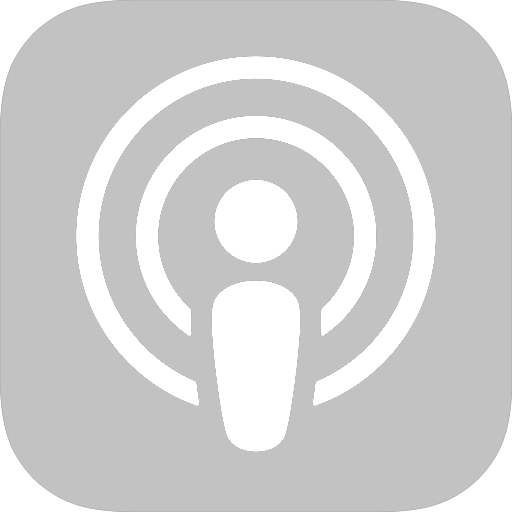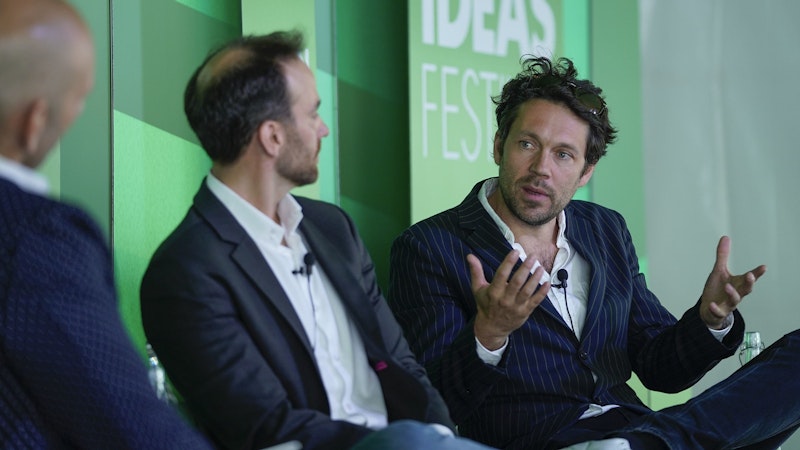
Hyperloop One: The Intersection of Engineering and Design
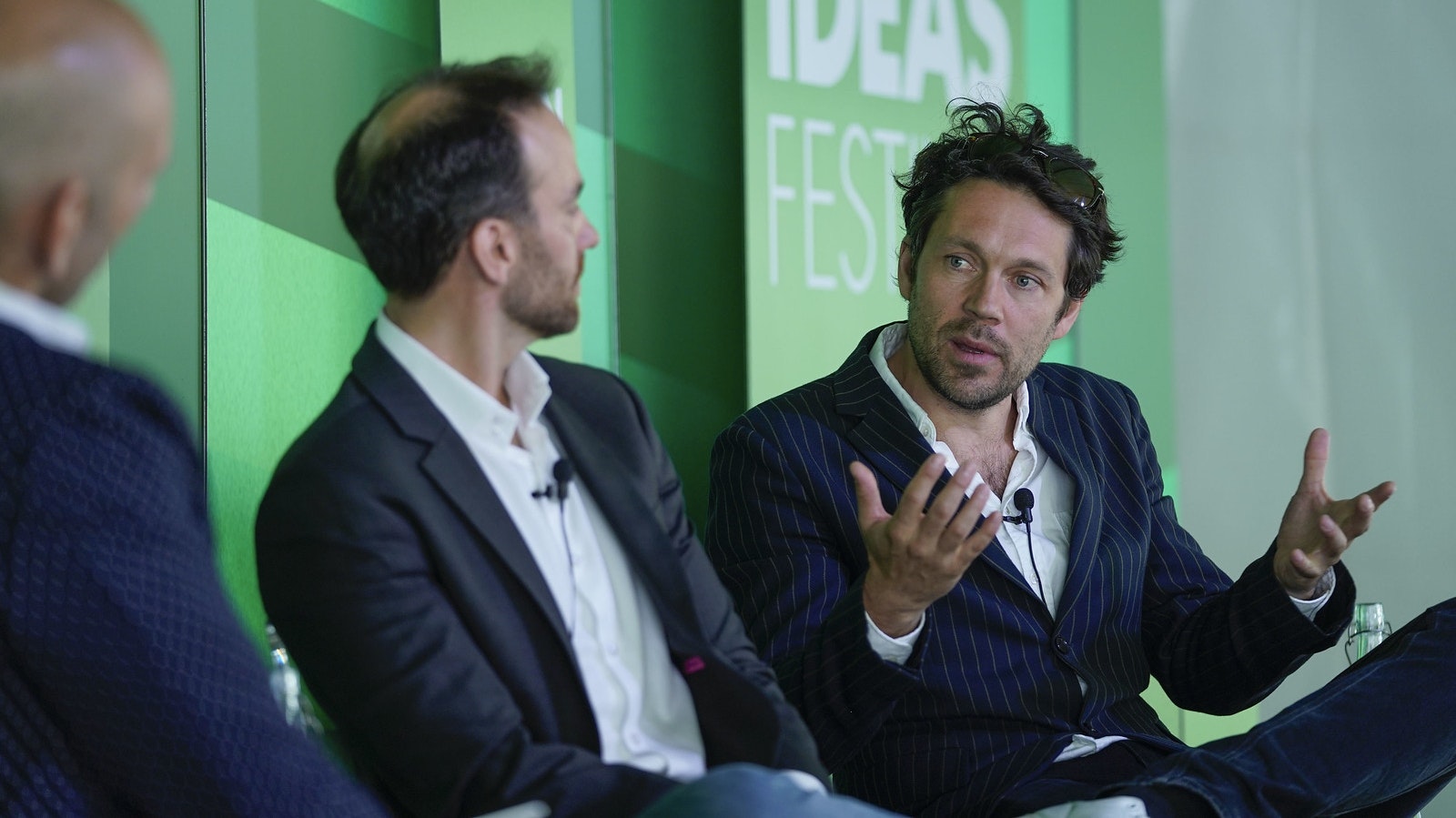
Because this is a completely new type of transportation, we have the opportunity to think from scratch.
Setup
How we get around fundamentally shapes the way we live, work, and play. From carriages and sailing ships to steam locomotives and propeller planes, methods of moving people and goods have come a long way. Transportation design, however, is an often-overlooked touchpoint in the realm of user experience. Two pioneers in the industry discuss the top design principles for building the first new major mode of transportation in over 100 years.
- 2019 Festival
- Arts
- Technology
- Economy
- Environment
Planes, trains, and automobiles: What is Hyperloop One?
Imagine traveling at the speed of an aircraft, but just a couple of feet off the ground. This is the easiest way to think about Hyperloop One, says chief technology officer Josh Giegel. Hyperloop vehicles travel autonomously through a system of low-pressure tubes, using electric propulsion to accelerate and magnetic levitation to float above a track. Because Hyperloop operates inside a closed tube, Giegel explains, weather hazards aren’t a problem and the aerodynamic drag is low, which makes it more energy efficient than other high-speed modes of transportation.
Did you know?
How 22nd century transportation will change our cities
As the ways people and goods move around the world change, cities and towns must adapt. For the past several centuries, says Jakob Lange, a partner at the architecture firm Bjarke Ingels Group, regional planners have created projects with a constant limit in mind, which is the one-hour commute. But integrating a system like Hyperloop would utterly transform how planners conceptualize cities. Watch Lange explain how speeding up travel times from home to work could increase the geographic reach of cities:
Designing a brand-new user experience
Hyperloop isn’t a train, plane, or car, so its designers are free to reimagine the experience travelers will have, says Jakob Lange. First, the designers want to streamline the boarding process. Instead of entering a congested transport hub and then finding a terminal and gate, Hyperloop designers envision travelers going to one entrance specific to their destination. From there, they would board a pod that holds 20 to 25 people and be off, traveling in a convoy of pods to the journey’s end.
One of the transformative changes Hyperloop aims to make, says Josh Giegel, is to eliminate the notion that things operate on a time schedule. People love the ease of watching television shows and movies whenever they want, he explains, so why couldn’t transport be on-demand in the same way?
Big IdeaYou can’t be late for something that is always there.Josh Giegel
On Hyperloop you don’t have to wait half an hour for the next train, or half a day for the next plane, so you can create each of the pods differently and tailor them to various types of travelers, explains Jakob Lange. For example, in a Hyperloop convoy there could be a quiet pod, a family pod, a luxury pod, and a workspace pod. Hyperloop designers want users to feel free to move around, do work, lounge, and conduct meetings, says Lange — experiences that aren’t usually possible in traditional long-distance transportation systems.
How will the transportation systems of the future work together?
Hyperloop is one of many new forms of transportation designed to take us into the future and reduce travel time. Each of these new technologies, from autonomous vehicles to drones, has its own competitive advantages and drawbacks — but does our transport ecosystem have room for all of them? Watch Josh Giegel and Jakob Lange explain why they believe these transportation technologies ultimately complement each other:
Learn More
Additional Information
Resources
Hyperloop One
Top 10 Questions About Hyperloop, Explained
Explore More
Arts


Each year brings more destructive natural disasters and growing evidence of the challenging future we face if we don’t address climate change. But the biggest cause of climate...


New technologies have always led to changes in society, though not always as quickly or drastically as people feared. Could artificial intelligence be different? Instead of le...

October is National Book Month, and we’re celebrating by looking back at some of our favorite conversations about reading and writing from the Aspen Ideas Festival and Aspen I...

Jump in by watching our 15 most popular talks of all time. From black holes to jazz and civil rights to psychology hacks, we've collected the talks that remain audience favori...
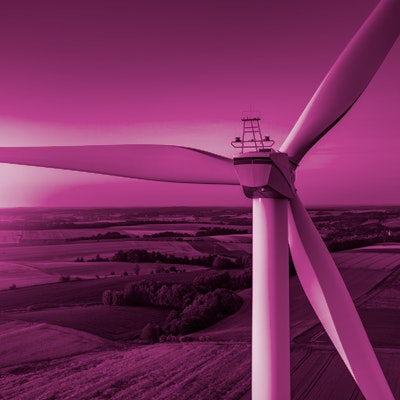

If we do absolutely nothing to mitigate climate change, scientists estimate the toll could be $38 trillion a year in damages. Industrialized countries like the United States,...

The United States spends $4.3 trillion—almost one fifth of the nation’s GDP—on health care. As the scale of the medical enterprise expands, venture capitalists are pursuing th...

The recognition that all things are connected is at once a scientific principle and a philosophical touchstone. Humans, animals, and the environment are intertwined in complex...

Everywhere you look, there’s a headline about the power of artificial intelligence and how it will impact our lives in ways we have not yet imagined. From advancing medicine t...


Where will artificial intelligence be in five years, or 10 or 20? What happens if the technology is regulated? And if it isn’t? How will it shape the world and the way we live...

In a time of growing wealth disparity and changing societal values, can capitalism adapt? How is the economy being transformed by investments in infrastructure, AI, energy, an...
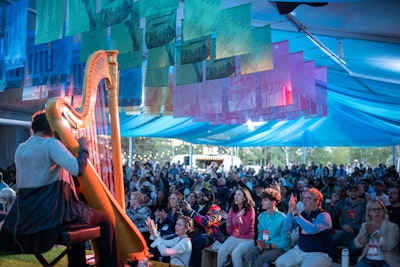
The arts are not just forms of expression, but powerful forces that shape culture and the human experience, both reflecting and influencing our world. Join renowned artists, w...


Whether they publicly tout it or not, U.S. technology companies play a powerful role in politics, cultural issues and the way we live. Founder and investor Peter Thiel is one...

A couple of degrees makes a world of difference — megafires, rising seas, failing infrastructure, and food systems require our immediate attention. Demands on dwindling natura...

Women are crucial to the climate movement, but their voices are often underrepresented and their work goes under-supported. Meet just a few of the women from this year’s Aspen...
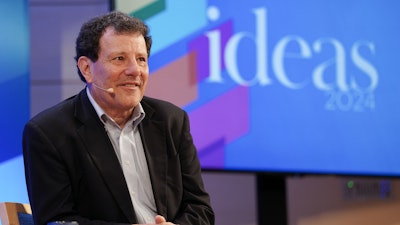
As one of the foremost reporters of his generation, Nicholas Kristof has been witness to century-defining events and atrocities around the world. How has he managed to weaponi...


AI has the potential to create vibrant, inclusive communities as civil society organizations harness it to tackle inequality, industry leverages it to foster fairer practices,...

Why do some conversations succeed while others stumble? The neurology and psychology of communication offer surprising explanations for why human connection goes right or wron...

Women are twice as likely to invest in female-led businesses. Explore the ways women approach wealth building and investment, and how they create opportunities to build financ...

Increasingly, AI informs our work output, our social views and our awareness of the world. Join SiriusXM host Mike Muse in conversation with Meta officials to explore the impl...










